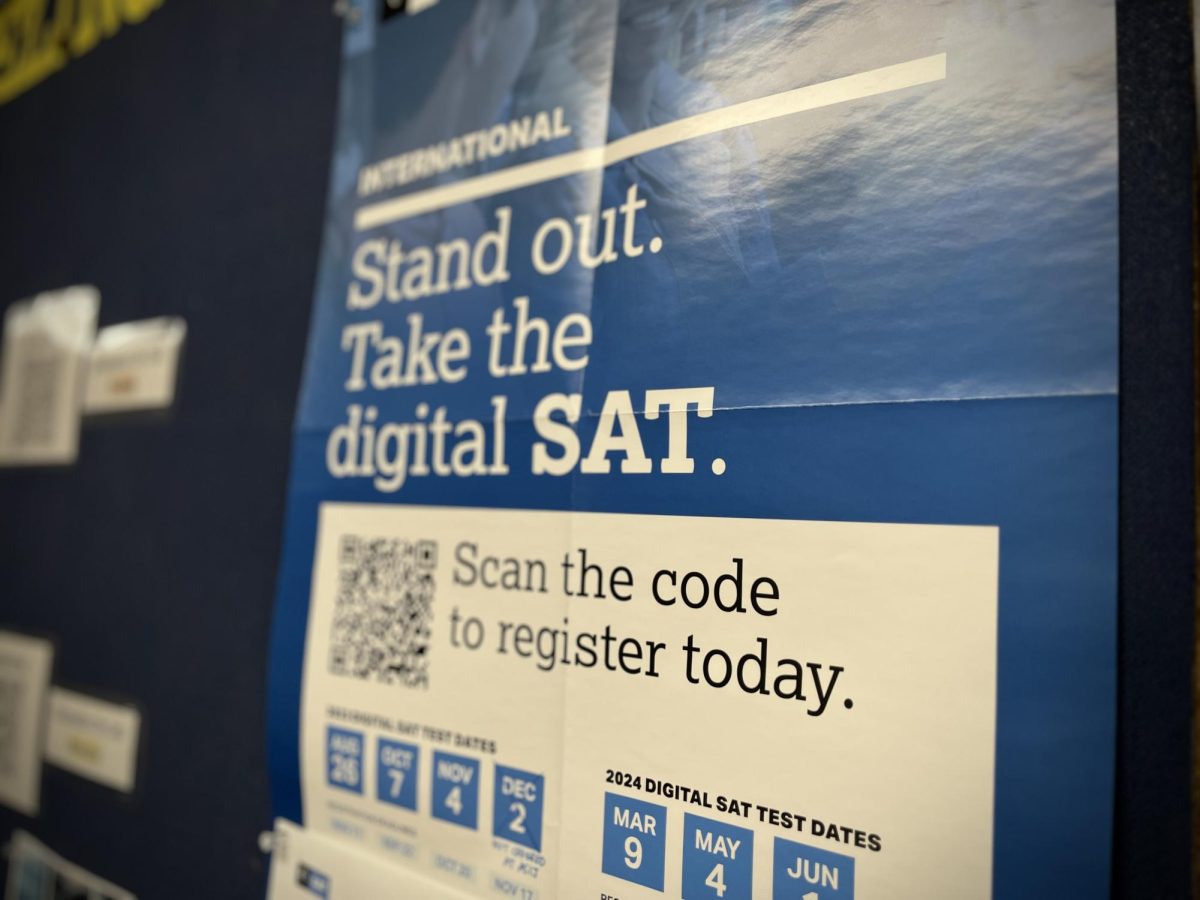The SAT, a test that has played an important role in college admissions, was recently switched from its typical paper format to a new, more flexible digital version. The digital SAT has brought major changes to the structure and timing of the test.
Overall, the digital SAT reduces testing time from three hours to two hours and fourteen minutes, but the average time per question has increased. The most significant difference between the digital and paper SATs is that each section of the digital version is broken down into two “modules”. A test-taker’s performance on the first module determines their placement in either the more or less difficult second module.
Having a test that can differ from student to student begs the question: how is the test scored fairly with the varying difficulty level of the second module?
Each question is first scored on whether or not the answer is correct. Then, the difficulty of the question is taken into account when calculating the overall score for the section, with difficult questions having more weight. A student will only be able to achieve a perfect score if they receive the more difficult second module; receiving the easier module sets a cap on the maximum achievable score.
An important factor that comes into play with the digital format is accessibility. The digital format requires the student to have a laptop (Windows, Mac, or Chromebook) or an iPad with the Bluebook application downloaded to take the test.
This is a problem for students without access to a device. However, the College Board has created a device lending system to combat the issue, where a student can apply for a device during the registration process and if the application is approved, a device will be available at the test center on the day of the test.
The intent of the digital SAT is for the test to be more accessible and personalized for a variety of test-takers. The digital SAT allows for two extra international testing dates, matching the amount (7) of available dates for domestic students. Additionally, the College Board says that the adaptive format of the digital SAT is a more effective gauge of students’ skills while shortening the time of the test. Lastly, students who take the digital SAT will receive their scores on a quicker timeline than if they took the paper version.
Among ASIJ students interviewed who have taken both the digital and paper SATs, a common consensus was that the digital SAT is the easier format. One student commented on the different lengths of the tests and claimed that the digital version being shorter was the reason it was easier. Many said they would much rather take the digital version.
Although all students agreed the paper test was more difficult, contrasting opinions were given on the subject of scoring. Some students felt the digital version was scored fairly, taking into consideration their scores from each test. Gigi Isenberg, a junior, claimed, “The digital [SAT] was easier and had less questions, so the digital was easier to get a higher score.” Other students felt that because their scores on the digital SAT were higher, the change in difficulty from the paper to digital version was not reflected.
While it may seem daunting to take a different version of a test that has been used for so many years, the digital SAT was crafted in order to make the testing process more efficient and effective for students across the globe.


